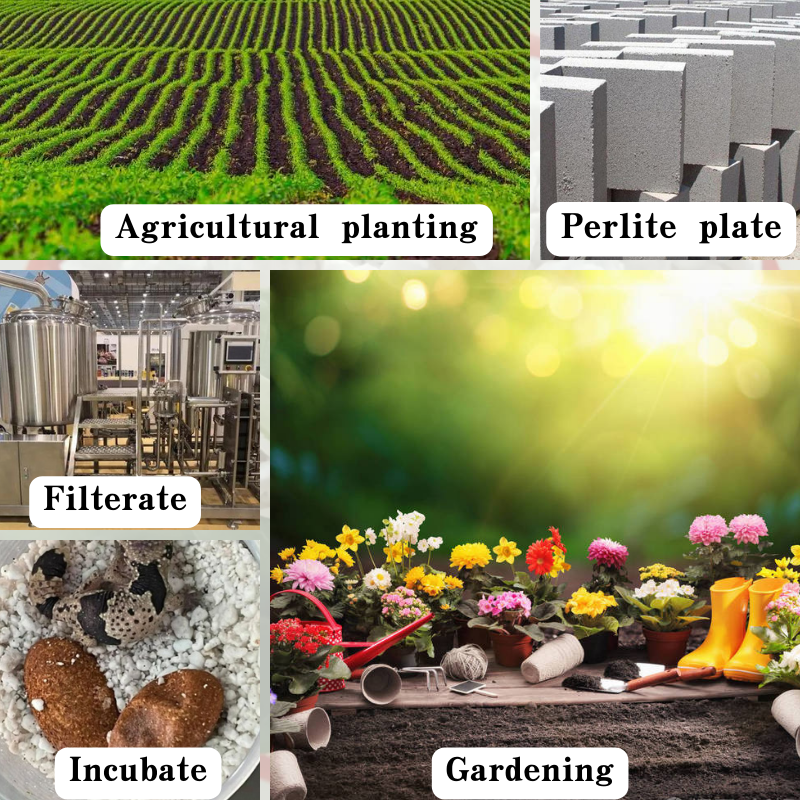
Exploring Various Categories of Inorganic Compounds in Chemistry
Types of Inorganic Compounds
Inorganic compounds are a vast and diverse category of chemical substances that do not primarily consist of carbon-hydrogen (C-H) bonds. They are crucial for various industrial processes, biological functions, and natural phenomena. This article provides an overview of the primary types of inorganic compounds, their characteristics, and their significance.
1. Salts
Salts are ionic compounds formed from the neutralization reaction between acids and bases. They consist of positively charged cations and negatively charged anions. Common examples include sodium chloride (NaCl), potassium bromide (KBr), and calcium sulfate (CaSO4). Salts are widely used in everyday life; for instance, sodium chloride is essential for food seasoning and preservation. They also play a pivotal role in numerous biochemical processes, such as maintaining electrolyte balance within organisms.
2. Oxides
Oxides are compounds that consist of oxygen bonded to another element. They can be classified as either basic, acidic, or amphoteric based on their reaction with acids and bases. Metal oxides, such as magnesium oxide (MgO) and iron(III) oxide (Fe2O3), typically exhibit basic properties, while non-metal oxides, like carbon dioxide (CO2) and sulfur trioxide (SO3), usually demonstrate acidic behavior. Oxides are prevalent in nature and are crucial for various industrial applications, including the production of metals and ceramics.
3. Acids and Bases
Inorganic acids are substances that, when dissolved in water, release hydrogen ions (H+). Common examples include hydrochloric acid (HCl), sulfuric acid (H2SO4), and nitric acid (HNO3). These acids are widely used in chemical manufacturing, cleaning agents, and laboratory processes. On the other hand, inorganic bases, like sodium hydroxide (NaOH) and potassium hydroxide (KOH), release hydroxide ions (OH-) in solution. They find applications in soap making, drain cleaning, and various chemical syntheses.
types of inorganic compounds

Coordination compounds, also known as complex compounds, consist of a central metal atom bonded to one or more molecules or ions called ligands. These ligands can be neutral or charged and include water molecules, ammonia (NH3), and various anions. An example of a coordination compound is tetraamminecopper(II) sulfate, [Cu(NH3)4]SO4. Coordination compounds are vital in biological systems, playing crucial roles in processes like oxygen transport in hemoglobin and catalysis in enzyme reactions.
5. Minerals
Minerals are naturally occurring inorganic substances that can be crystalline or amorphous. They are the building blocks of rocks and are categorized based on their chemical composition. For example, silicates are minerals that contain silicon and oxygen, while carbonates include minerals like calcite (CaCO3). Minerals have significant economic value; they are essential in making glass, ceramics, fertilizers, and electronic components.
6. Metalloids and Alloys
Metalloids are elements that exhibit properties intermediate between metals and non-metals. Common metalloids include silicon (Si), germanium (Ge), and arsenic (As). These elements are critical in semiconductor technology and the production of glass and ceramics. Alloys, which are mixtures of two or more metals, are also classified as inorganic compounds. Examples include bronze (copper and tin) and stainless steel (iron, chromium, and nickel). Alloys are important in construction, manufacturing, and various applications due to their enhanced properties compared to pure metals.
Conclusion
Inorganic compounds encompass a broad spectrum of substances with essential roles in both natural phenomena and human-made applications. Their variety, encompassing salts, oxides, acids, coordination compounds, minerals, metalloids, and alloys, reflects their importance across multiple fields. Understanding these compounds is crucial for advancing scientific research and industrial development, ultimately contributing to numerous technological and biological innovations. As research continues, the exploration of inorganic chemistry will unveil even more advancements and applications that benefit society as a whole.
Share
-
Premium Glass Sand Solutions | High Purity SupplyNewsAug.03,2025
-
Premium Talcum Powder Enhanced with GPT-4 Turbo | Soft & Long-LastingNewsAug.02,2025
-
Fly Ash Solutions Enhanced by GPT-4 Turbo | Sustainable InnovationNewsAug.01,2025
-
Natural Premium Bentonite Cat Litter - Superior ClumpingNewsJul.31,2025
-
Premium Resin Coated Sand - High Heat Resistance CastingNewsJul.31,2025
-
High Quality Silicon Carbide Grit for Abrasive ApplicationsNewsJul.30,2025






